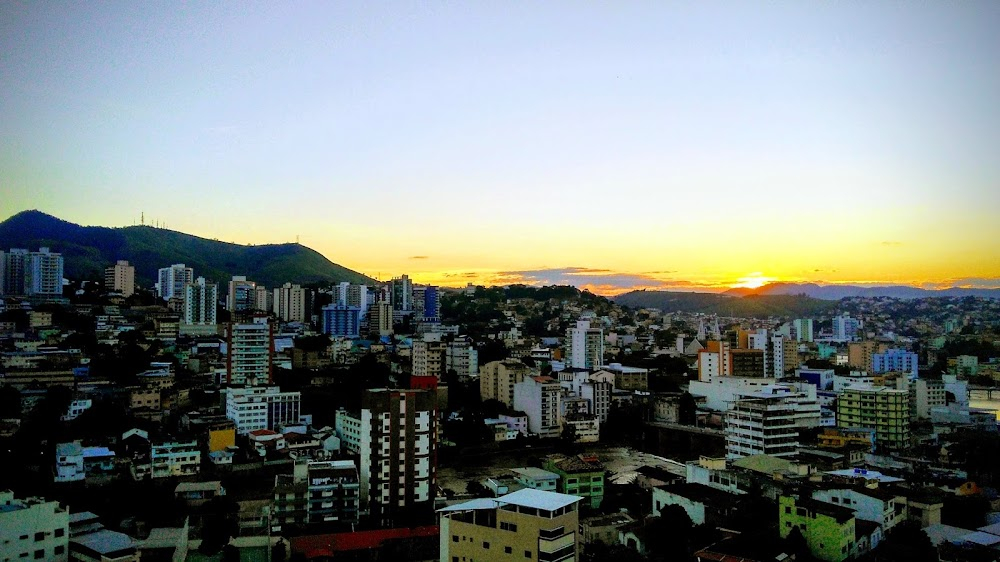Descaminhos Filming Locations

Where was Descaminhos filmed? Descaminhos was filmed in 4 locations across Brazil in the following places:
Descaminhos Filming Locations
Bahia is a northeastern Brazilian state with varied terrain, from tropical coast to the desertlike Sertão region. Capital Salvador is known for its historic center, Pelourinho, rich with 17th-century colonial architecture and perched above Baía de Todos os Santos (All Saints’ Bay). The city’s annual Carnaval celebration brings together flamboyantly costumed dancers with samba and axé music for a massive street party.
Espírito Santo, a state in southeastern Brazil, is known for its tropical beaches and mountainous nature preserves. Founded in 1551, the capital and port city Vitória has a compact colonial-era center. Across narrow Vitória Bay lies Vila Velha, site of Praia da Costa, a famous beach getaway, and to the 16th-century Penha Convent, offering sweeping views from its steep perch.
Minas Gerais, a large inland state in southeastern Brazil, is known for colonial-era towns dating to the country’s 18th-century gold rush. With cobblestone streets, ornate mansions and baroque churches decorated by the sculptor Aleijadinho, these towns include São João del Rei, Tiradentes and Ouro Preto, the old capital. The famous steam train Maria Fumaça (“Smoking Mary”) links Tiradentes to São João del Rei.
Rio de Janeiro is a huge seaside city in Brazil, famed for its Copacabana and Ipanema beaches, 38m Christ the Redeemer statue atop Mount Corcovado and for Sugarloaf Mountain, a granite peak with cable cars to its summit. The city is also known for its sprawling favelas (shanty towns). Its raucous Carnaval festival, featuring parade floats, flamboyant costumes and samba dancers, is considered the world’s largest.
Descaminhos (2007)
A road movie by rail through four Brazilian states, 55 cities and 8.000 km of railways. A documentary, eight directors and six episodes taking place in natural landscapes and urban settings that proposes an anthropological voyage through cities and the lives of the communities alongside the tracks. The trains as conductors of history and the tracks like a way through time. A recording of the past by means of memories and observation of contemporary space based on daily living and the transformation of places provoked by the presence or disappearance of the train. During the 36 days of filming, the directors of Dead End travel over six stretches of railroads in Minas Gerais, Bahia, Espírito Santo and Rio de Janeiro states. They pass through economically developed regions and as well as small towns. Based on testimony on the present and the past, an ample picture of everyday life is drawn in the distinct communities that maintain one point in common - the railroad.

